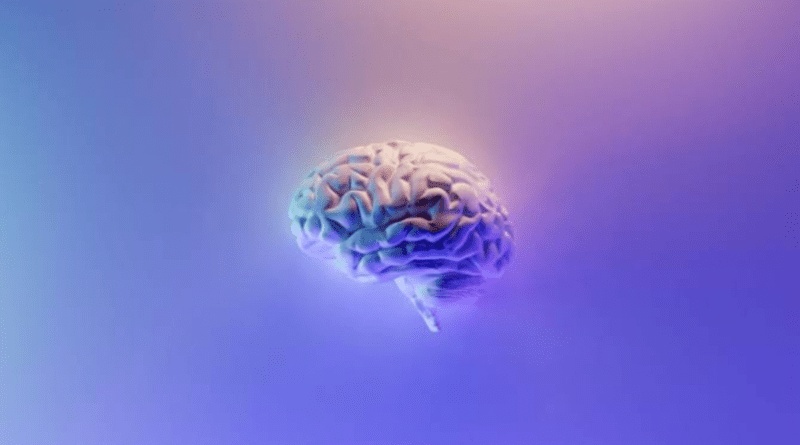Now you need to know How the brain’s circuitry effortlessly synchronizes speaking and breathing in the human body
According to recent research, a certain area of the brain regulates our speech and breathing.
Have you ever wondered why you only speak when you exhale and cease when you inhale?
Right now, you’re giving it a try.Up until now, scientists have been unable to determine how the brain and tongue work together seamlessly and at such a rapid speed.
The enigma has been solved by a group of researchers from the Massachusetts Institute of Technology (MIT), who have identified a circuit in the brain that controls the two essential processes of volcalization: the narrowing of the larynx and the exhalation of air from the lungs.
This circuit, found in mice, is controlled by a part of the brainstem that maintains the primacy of breathing over speech by controlling the rhythm of breathing.
According to researchers, mice use a peculiar whistling mechanism called ultrasonic vocalizations (USVs) to communicate with one another.
These noises are produced by exhaling air through a tiny space between nearly closed vocal cords.
The vocal cords are two bands of muscle that open and close in the larynx. Sound is produced when air exiting the lungs travels through the cords when they are mostly closed.
By mapping the synaptic connections between neurons, the scientists discovered that a key source of input is a collection of premotor neurons located in the retroambiguus nucleus (Ram), a region of the hindbrain.
According to recent research, the human voice and breathing are regulated by the pre-Botzinger complex, a particular region of the brainstem.
Neural activity in this area of the brain produces the breathing rhythm on its own. Additionally, these neurons communicate with the RAmVOC neuronal group, which is involved in vocalization.
These impulses function as a kind of control switch, ensuring that breathing comes before speech. This brain circuit makes sure that we take air breaks during conversations.
Although mice cannot speak as complexly as humans can, the researchers think that this brain circuit plays a similar role in both species.
Their current goal Is to investigate whether the brain circuits that govern speech and breathing can also affect other processes like swallowing and cough




